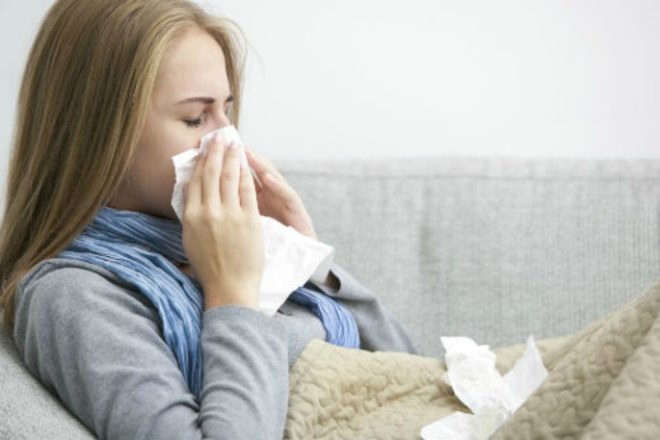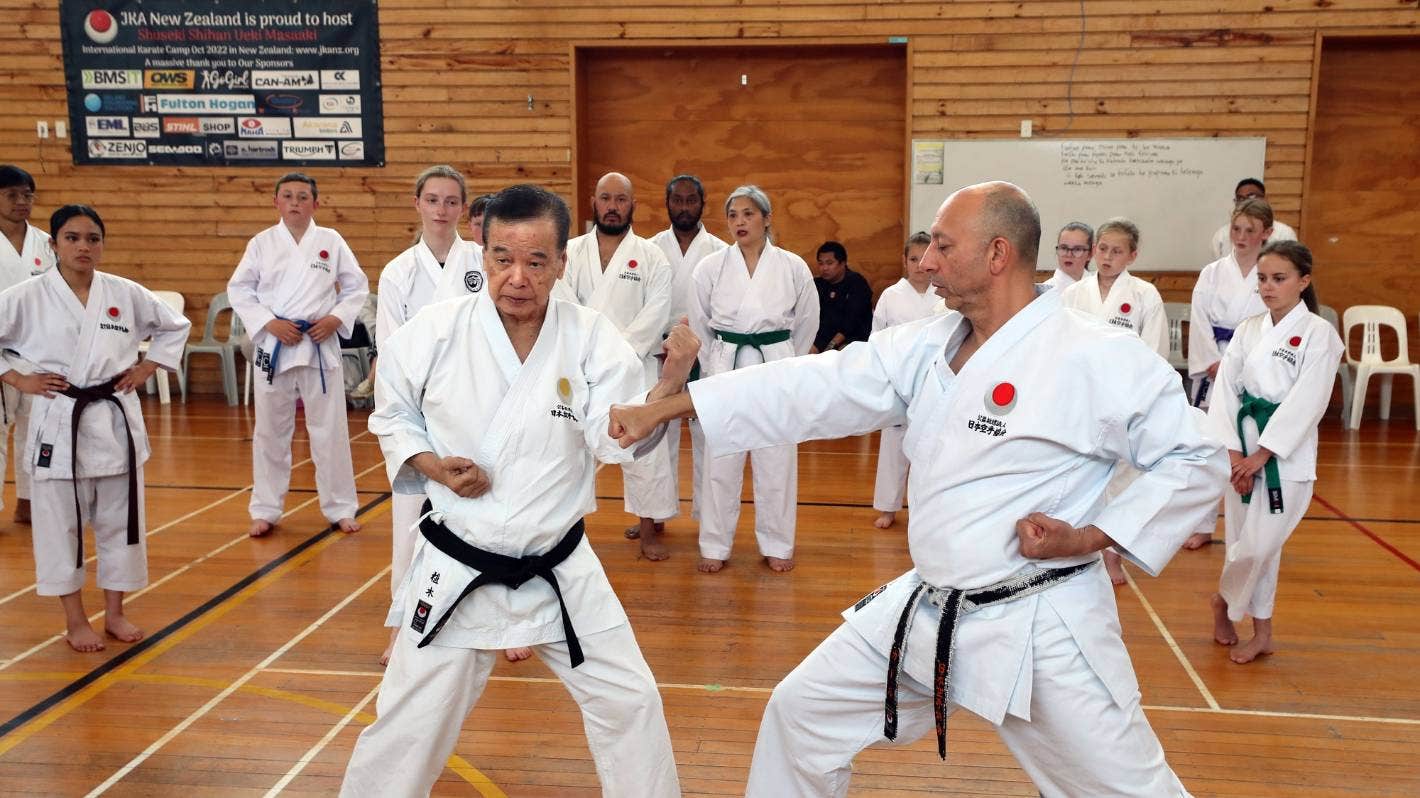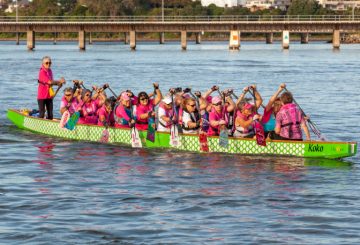The annual flu campaign in New Zealand is now in progress, emphasizing the need to stay healthy during the winter season. Health Minister Dr. Shane Reti, who received a flu shot in Auckland on April 2, stressed that getting vaccinated not only benefits individuals but also supports the overall health system.
Flu shots are available free of charge for people aged 65 and over, pregnant women, individuals with mental illness or addiction, and those with health conditions that make them more susceptible to severe flu. Children and adults who are likely to become seriously ill from the flu are also eligible for free vaccinations.
Dr. Reti pointed out that influenza and other respiratory diseases greatly burden the health system during winter. He encouraged people to get vaccinated, prepare their homes, and make plans to stay healthy during the colder months. He noted that hospitals often see an increase in admissions during winter due to the spread of respiratory infections and other diseases, as people tend to spend more time indoors.
Eligible individuals can get their free flu shots from local pharmacies, doctors, nurses, or healthcare providers. Dr. Reti also reminded families to check if their children’s immunizations, especially MMR, are up-to-date due to the ongoing risk of a measles outbreak in New Zealand. He emphasized that measles can be prevented with immunization and that increasing vaccination rates for flu and measles is a key target for the government.
Dr. Reti also suggested other ways to prepare for winter, such as creating care plans for vulnerable family members and staying home when sick to avoid spreading illnesses. The flu vaccine is free for people at higher risk of getting very sick from the flu.






























































